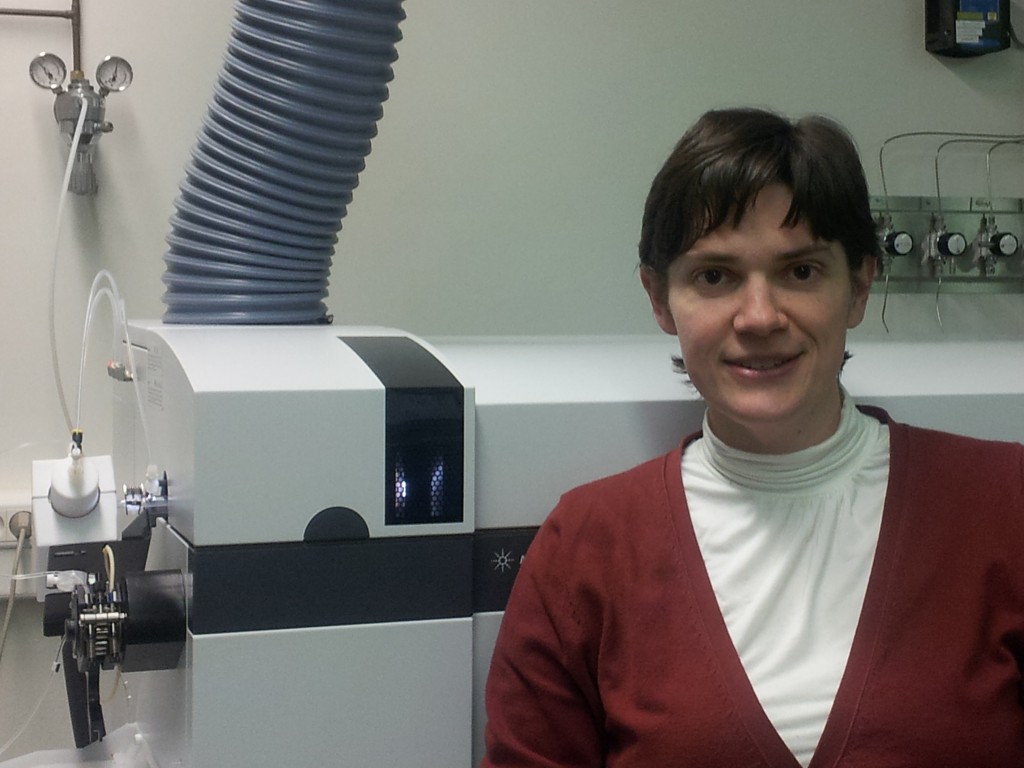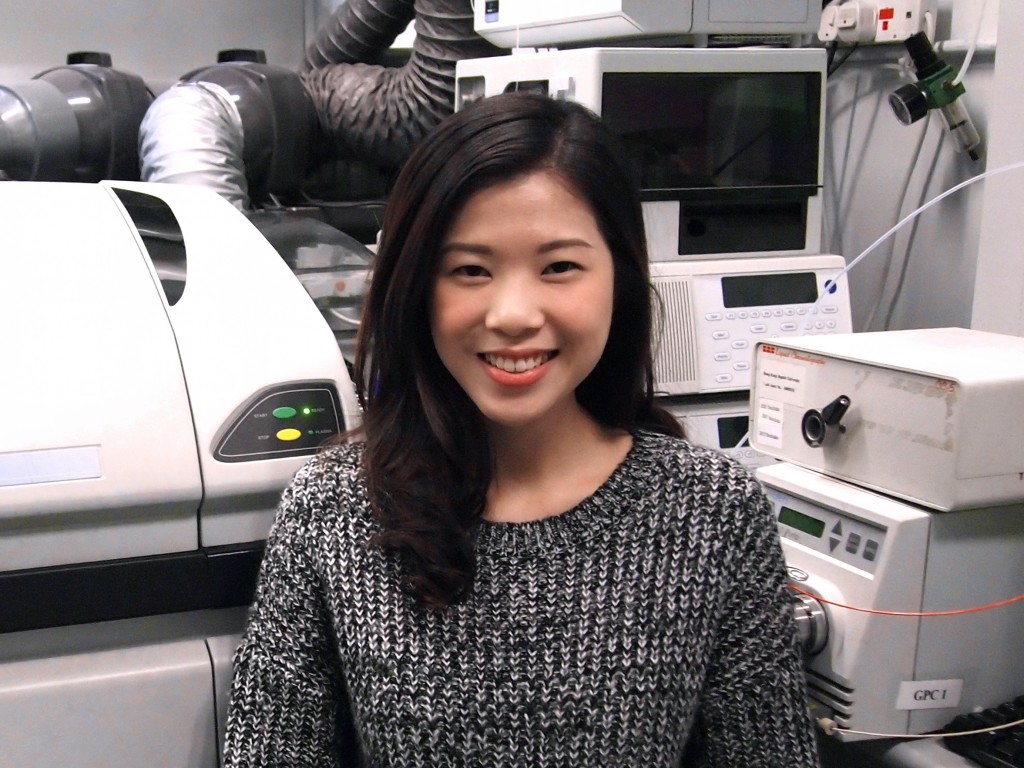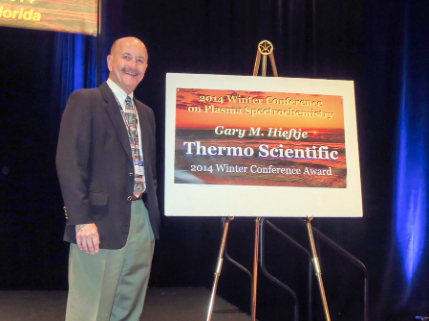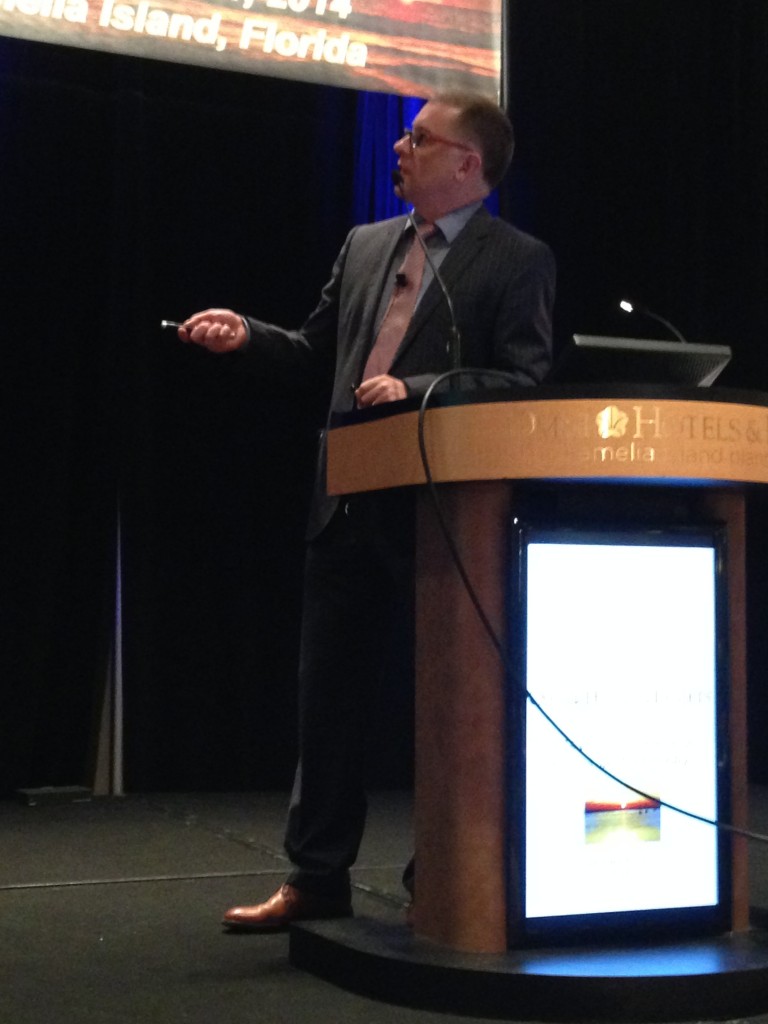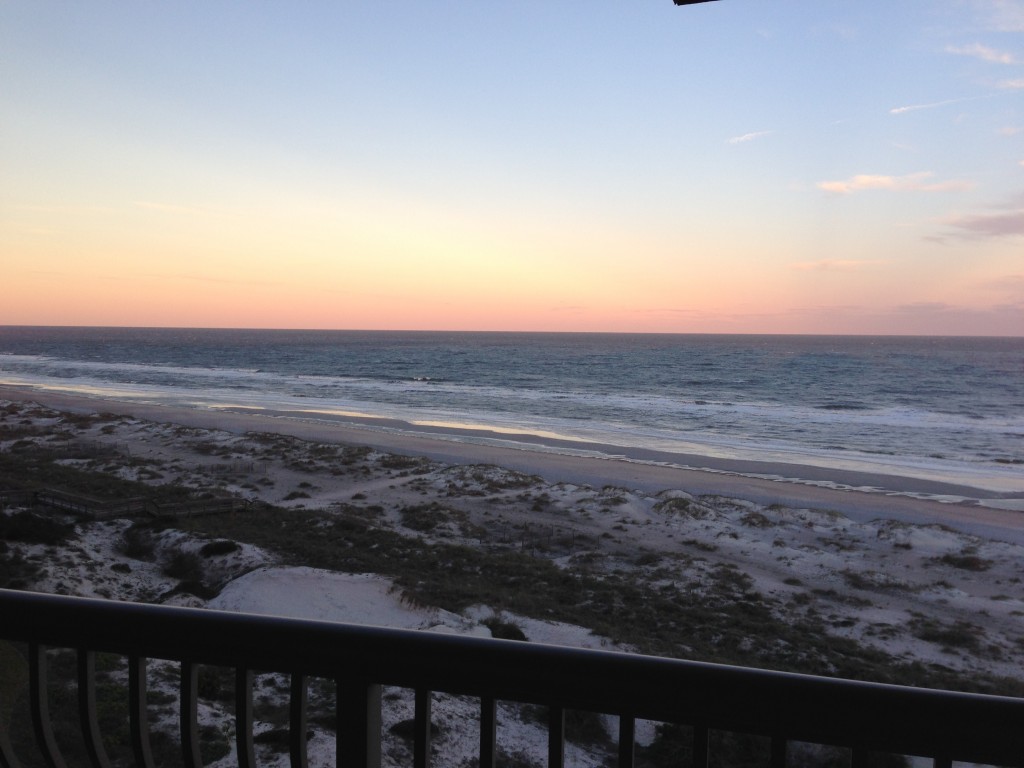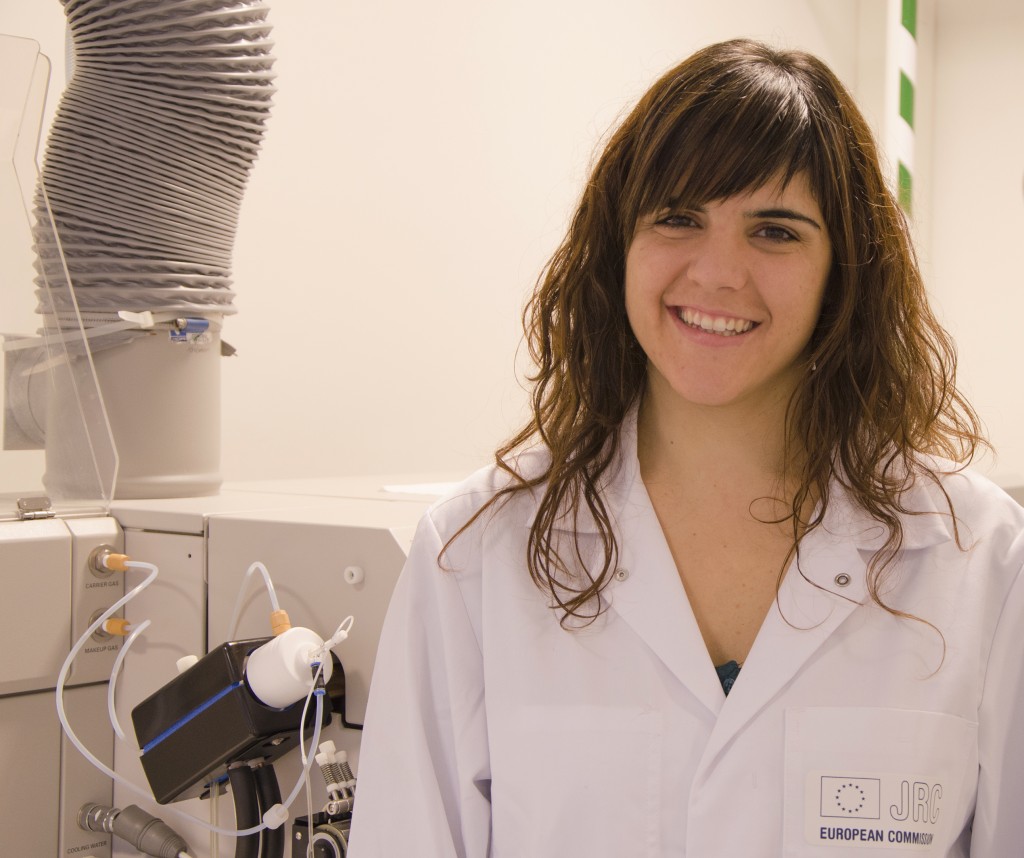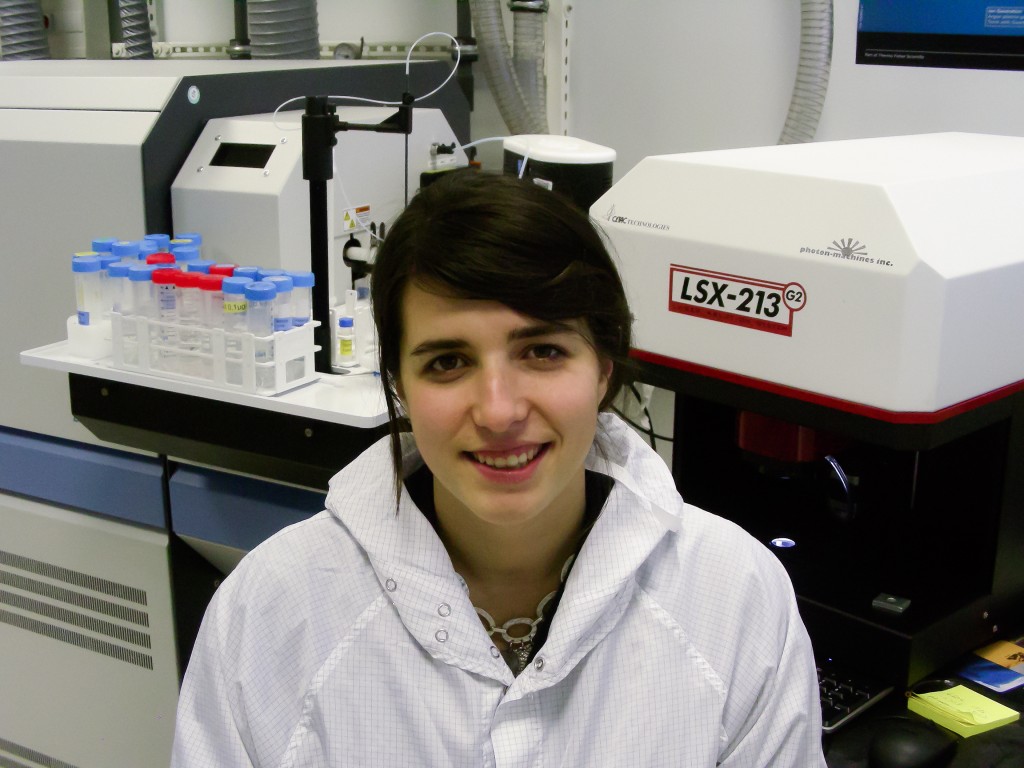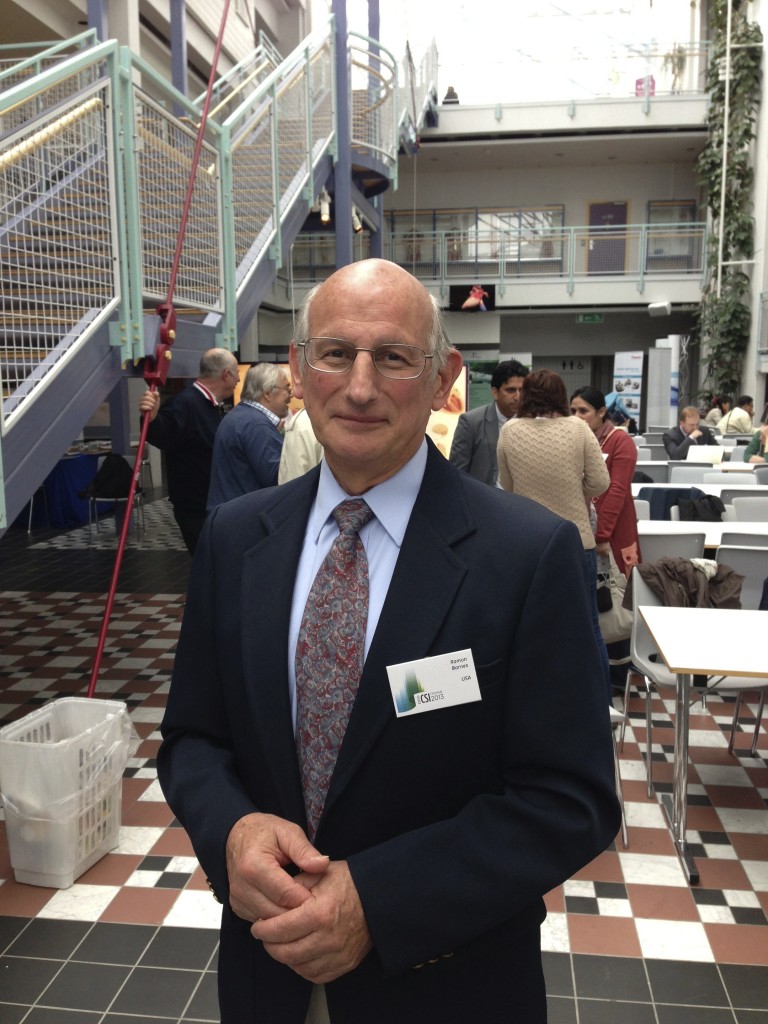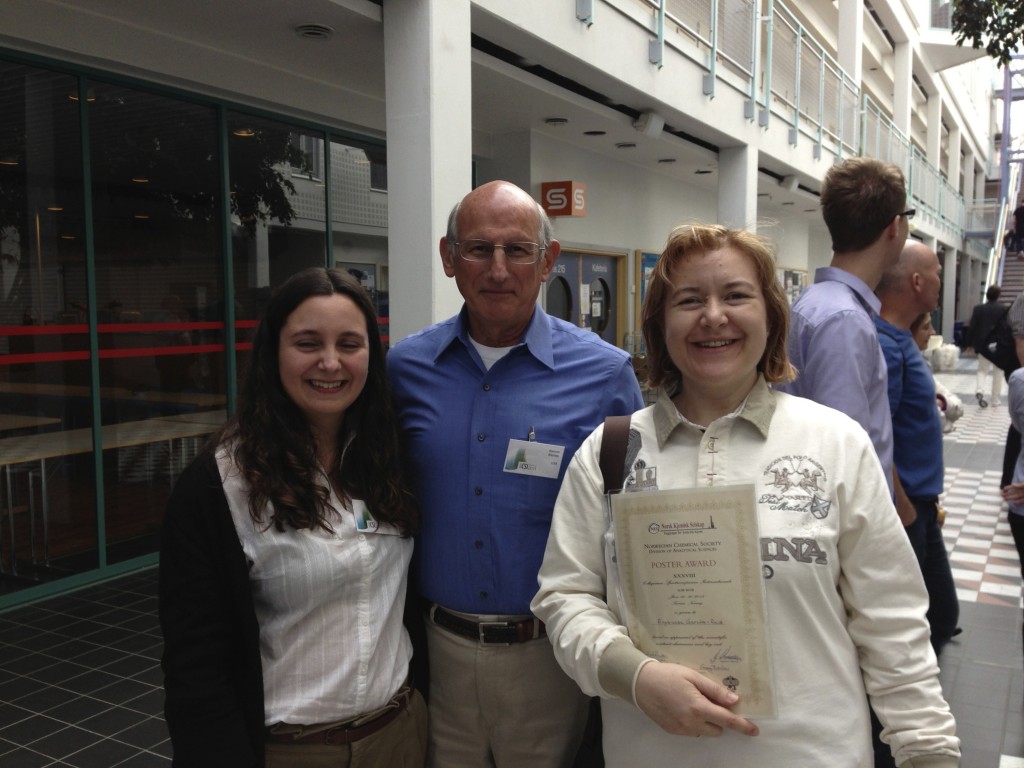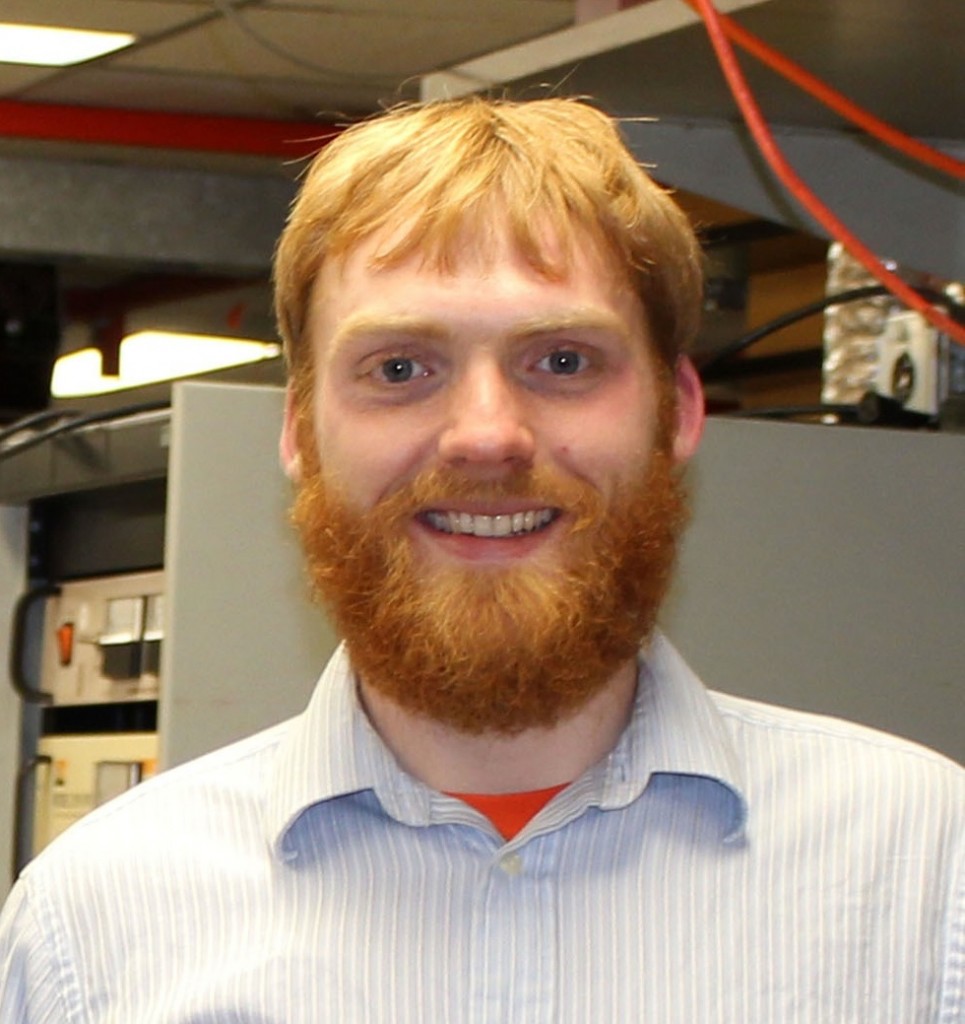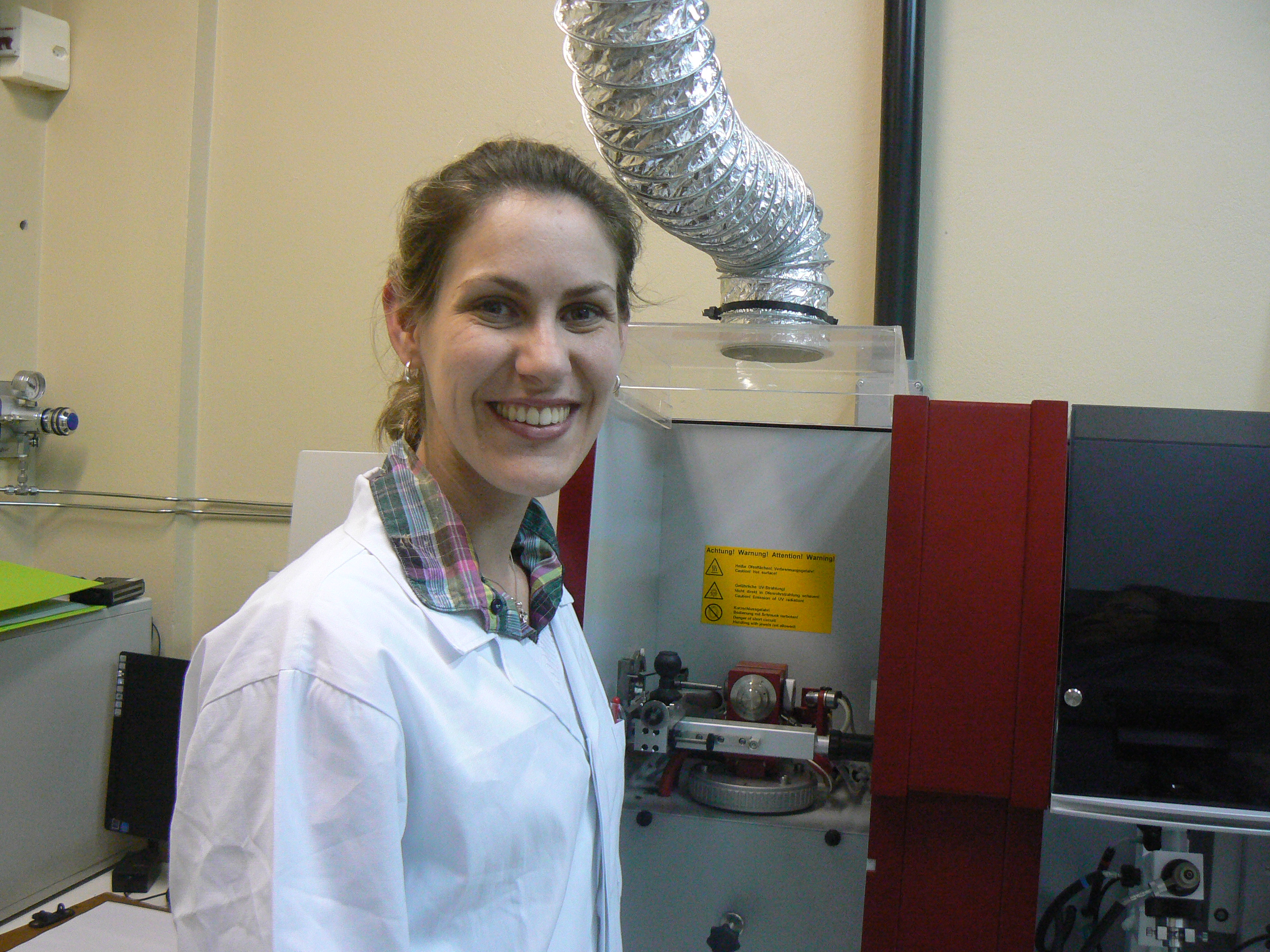Today, we interview Lieve Balcaen, a post-doctoral researcher at Ghent University.
Lieve Balcaen in her lab in Ghent
Who or what inspired you to become a scientist?
As a teenager, I realized soon that mathematics and sciences were my favorite subjects at school, rather than languages or history. I like to work with objective facts and numbers and solving problems and equations has always been one of my favorite subjects in school. My specific interest for Chemistry was stirred by my Chemistry teachers. They convinced me of the importance of Chemistry in our daily life and they inspired me to find my own way in this interesting field.
Why did you choose your research group/University and what factors influenced your choice?
The choice for Ghent University was mainly based on the combination of its good reputation and its location close to my hometown.
During my Chemistry studies, I learned that I preferred analyzing samples and results over creating molecules and that’s where my love for instrumental analysis was born. The interesting projects and applications that were presented during a visit to the Atomic & Mass Spectrometry (A&MS) lab, led by Prof. Vanhaecke, and the great atmosphere among the group members, were the most important incentives for me to join the A&MS group.
Can you explain a bit the purpose of your current research activities?
The A&MS research unit mainly focuses on the development of analytical methods, based on ICP-MS and ICP-OES for the determination, speciation and isotopic analysis of a huge variety of sample types. Most of our research projects originate in an analytical problem encountered by colleagues from other fields (medical doctors, archeologists, ecotoxicologists, geologists, biologists etc.) or industrial partners. After discussing the problem and the pros and contras of the technique, we try to develop sensitive and accurate methods that allow us to meet the needs of our partners and simultaneously, give us the opportunity to explore the capabilities of the different instruments we have at our availability in the lab.
How is a typical day in your lab?
What I like most about my job, is that there is no “typical day” in the lab. While for several years, my days mostly consisted of sample preparation in the lab, analyses with one of our instruments or evaluating data, nowadays I am evolving more and more in the direction of guiding PhD-students and the more “administrative” part of the job (fund raising, management, etc.).
Next to research, I am also involved in lecturing at the university. My main task here is to teach bachelor students in Chemistry how to deal with problems in Analytical Chemistry, such as pH calculations, solubility, potentials, … and the basic principles of spectroscopic analysis. As a member of the Chemistry educational board, I also try to contribute to the quality of training of the future generations of chemists.
What common activities are organized in your research group?
Some of my colleagues are really good at organizing social activities, so every year we have a barbecue, a Christmas party and a teambuilding activity in our department. On a regular basis we give small receptions to welcome new group members and most people also bring treats to work for their birthday. Once a year, we go out for dinner with all A&MS-members. These activities are a good way to strengthen the link between colleagues, also on a personal level.
How do you search for scientific information? How do you manage your bibliography?
Whenever I need scientific information, I start my search via the Web of Science (and more recently also Google Scholar).
To keep track of my own publications, I use a personal Excel-document that we can easily extract from the bibliography-page of our university (based on the Web of Science; combined with own input for the most recent papers).
When writing a scientific paper, I generally make use of Reference Manager or Endnote to include references and generate a bibliography.
What are your views on JAAS? Which type of articles do you prefer? Do you miss some content?
Since the start of my scientific career, I have considered JAAS as one of the most important journals in my research field, because it is really dedicated to Atomic Spectrometry and therefore contains a lot of detailed information about the subjects I am really interested in.
Review articles are generally a good and fast way to get launched into a new project, but of course, the original research papers contain more valuable information on what and how to perform the actual work.
What do you like and dislike the most about your work?
I really like the combination of research, management and education and I realize that a university lab is the ideal place for that.
What I dislike the most, is that students come and go (typically 4 years PhD), and that it is sometimes hard to ensure continuity in projects and knowledge transfer. And I guess we all know those frustrating days when instruments seem to work against you rather than for you.
What do you expect to be doing in 5 years time?
I really hope that I will still be around in this research field and that by then, the future of my scientific career will be a bit more ‘clear’.
What do you enjoy doing when you are not in the lab?
Most of my time ‘outside of the lab’, I spend with my husband and kids. With 2 preschoolers at home, there is not much time left for hobbies, but whenever I can make some time, you’ll find me with my guitar, my sewing machine, talking with friends or walking around for some treasure hunting (geocaching).
Thanks a lot for your time, Lieve! Have a look at Lieve’s latest articles published in JAAS!
Isotope ratio mapping by means of laser ablation-single collector-ICP-mass spectrometry: Zn tracer studies in thin sections of Daphnia magnaMaría R. Flórez, Maite Aramendía, Martín Resano, Ana C. Lapeña, Lieve Balcaen and Frank Vanhaecke
J. Anal. At. Spectrom., 2013,28, 1005-1015 , DOI: 10.1039/C3JA50087J, Paper
The influence of menstrual blood loss and age on the isotopic composition of Cu, Fe and Zn in human whole blood
Lana Van Heghe, Olivier Deltombe, Joris Delanghe, Herman Depypere and Frank Vanhaecke*
J. Anal. At. Spectrom., 2014,29, 478-482, DOI: 10.1039/C3JA50269D


